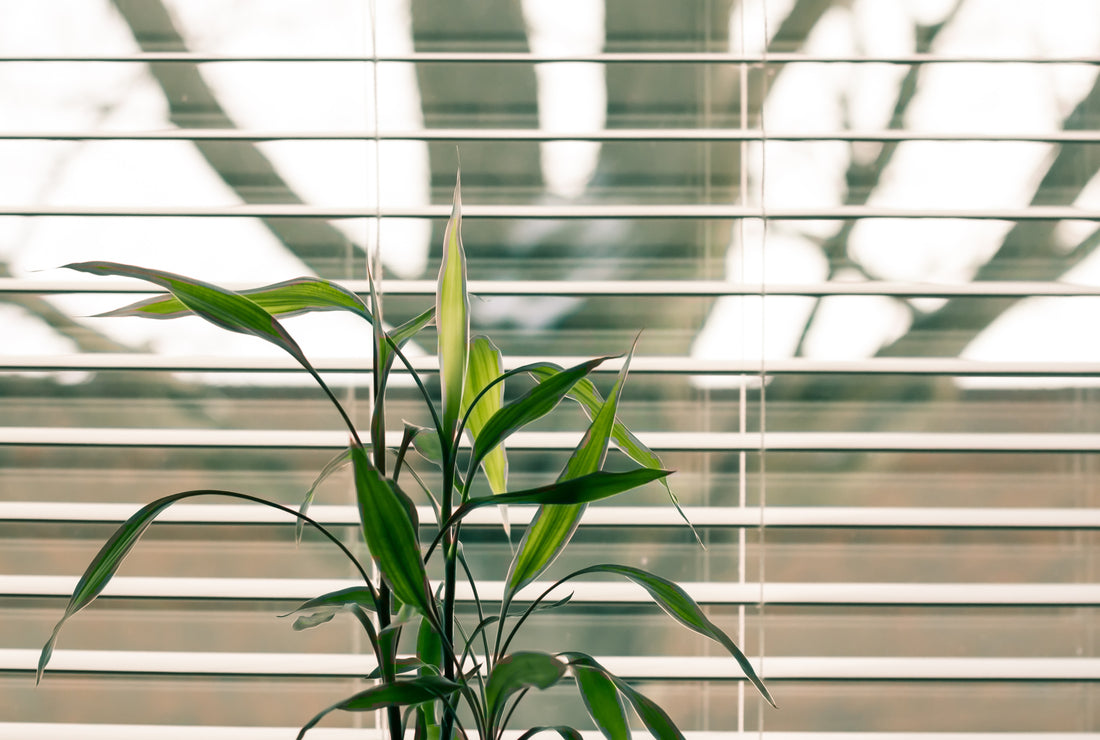As winter is well and truly upon us, at Miss Boon's, we thought it was the perfect time to talk about the light requirements of our plants. So we continue the Horticultural Tips series with our friend Cécile d'Ortigreen.
Our expert
A few years ago, Cécile converted to horticulture by taking a year and a half course in the Paris region. She then worked for horticulturists with whom she now manages the Facebook group HELPMYPLANT. For expert advice, check out her publications on Instagram @ortigreen.
What are the basic rules in terms of luminosity?
Houseplants can be classified into 3 categories.
Plants in full sunlight
These are plants from semi-arid or desert regions. Fatty plants and cacti and some trees from the Mediterranean region are also part of this group.

The so-called light plants
The majority of houseplants are found in this class. They need a lot of light but cannot tolerate sunlight all day long. You should therefore avoid placing your plants behind a bay window if you are facing south. This would risk burning their foliage. On the other hand, there is no problem if they only receive the morning or afternoon sun. This category includes the philodendron-type Spiders.

The so-called shade plants
They can tolerate low light intensity, but this does not mean that they do not like light. By this I mean that a room without windows will not suit them. They are so-called undergrowth plants. In their natural environment, they like to hide under others. In our homes, they like to be in corners away from windows. In this category, we find the Marantaceae of the calathea type.

What do you think of the growing lights?
Plants need light in order to start the photosynthesis process. Chlorophyll absorbs the red and blue components of light and thus gives the leaves their green colour. Unfortunately, I don't have very bright living rooms, so I have to cheat in order to keep my plants growing constantly. I use two types of lights: fluorescent lamps that reproduce daylight (which I use mostly in the winter) and LED horticultural lamps that promote growth.
Are they necessary?
No, if your apartment is well oriented with high light intensity, it is not necessary. Moreover, if you do not cultivate seedlings, there is no point. It has to be said that LED hoticol lamps are very expensive.
When should we start using them?
All year round if you don't have a bright exterior or interior. Personally, I start using them when the days get shorter.
How long per day?
Photoperiod (ideal sunshine duration between day and night)
Growing: 18h/day 6h darkness
In bloom: 12h/day 12h darkness
What are the positive and negative effects of these lamps?
On the positive side, there is a constant and continuous light and there is no loss of light output. Horticultural LEDs only consume electricity to provide light and not heat, so your electricity bills won't be too steep. The main disadvantage is that they are expensive.
How to avoid "sunburn" on your plants?
By avoiding placing your plants in full sun when they are not used to it, and the same goes for cacti and succulents: they hate sudden changes in light intensity.
When the sunny days come, you are in a hurry to take your plants outside. Big mistake! This is the main cause of burns. It's a bit like being locked in a sieved room all winter long and going outside in full sunshine. You're going to risk burning your eyes. It's the same with plants. They need to acclimatize gradually using, for example, a net of shade that you will gradually remove.


1 comment
Super article !
Mes plantes vous en remercient grandement ! 😉